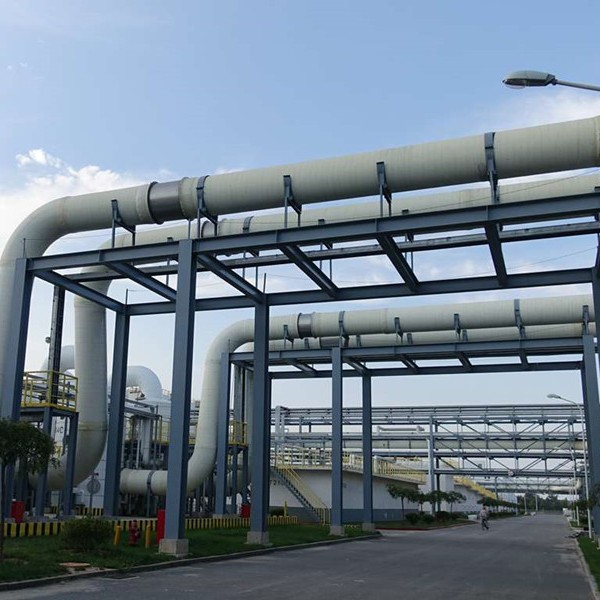
-
 Afrikaans
Afrikaans -
 Albanian
Albanian -
 Amharic
Amharic -
 Arabic
Arabic -
 Armenian
Armenian -
 Azerbaijani
Azerbaijani -
 Basque
Basque -
 Belarusian
Belarusian -
 Bengali
Bengali -
 Bosnian
Bosnian -
 Bulgarian
Bulgarian -
 Catalan
Catalan -
 Cebuano
Cebuano -
 China
China -
 China (Taiwan)
China (Taiwan) -
 Corsican
Corsican -
 Croatian
Croatian -
 Czech
Czech -
 Danish
Danish -
 Dutch
Dutch -
 English
English -
 Esperanto
Esperanto -
 Estonian
Estonian -
 Finnish
Finnish -
 French
French -
 Frisian
Frisian -
 Galician
Galician -
 Georgian
Georgian -
 German
German -
 Greek
Greek -
 Gujarati
Gujarati -
 Haitian Creole
Haitian Creole -
 hausa
hausa -
 hawaiian
hawaiian -
 Hebrew
Hebrew -
 Hindi
Hindi -
 Miao
Miao -
 Hungarian
Hungarian -
 Icelandic
Icelandic -
 igbo
igbo -
 Indonesian
Indonesian -
 irish
irish -
 Italian
Italian -
 Japanese
Japanese -
 Javanese
Javanese -
 Kannada
Kannada -
 kazakh
kazakh -
 Khmer
Khmer -
 Rwandese
Rwandese -
 Korean
Korean -
 Kurdish
Kurdish -
 Kyrgyz
Kyrgyz -
 Lao
Lao -
 Latin
Latin -
 Latvian
Latvian -
 Lithuanian
Lithuanian -
 Luxembourgish
Luxembourgish -
 Macedonian
Macedonian -
 Malgashi
Malgashi -
 Malay
Malay -
 Malayalam
Malayalam -
 Maltese
Maltese -
 Maori
Maori -
 Marathi
Marathi -
 Mongolian
Mongolian -
 Myanmar
Myanmar -
 Nepali
Nepali -
 Norwegian
Norwegian -
 Norwegian
Norwegian -
 Occitan
Occitan -
 Pashto
Pashto -
 Persian
Persian -
 Polish
Polish -
 Portuguese
Portuguese -
 Punjabi
Punjabi -
 Romanian
Romanian -
 Russian
Russian -
 Samoan
Samoan -
 Scottish Gaelic
Scottish Gaelic -
 Serbian
Serbian -
 Sesotho
Sesotho -
 Shona
Shona -
 Sindhi
Sindhi -
 Sinhala
Sinhala -
 Slovak
Slovak -
 Slovenian
Slovenian -
 Somali
Somali -
 Spanish
Spanish -
 Sundanese
Sundanese -
 Swahili
Swahili -
 Swedish
Swedish -
 Tagalog
Tagalog -
 Tajik
Tajik -
 Tamil
Tamil -
 Tatar
Tatar -
 Telugu
Telugu -
 Thai
Thai -
 Turkish
Turkish -
 Turkmen
Turkmen -
 Ukrainian
Ukrainian -
 Urdu
Urdu -
 Uighur
Uighur -
 Uzbek
Uzbek -
 Vietnamese
Vietnamese -
 Welsh
Welsh -
 Bantu
Bantu -
 Yiddish
Yiddish -
 Yoruba
Yoruba -
 Zulu
Zulu
fiberglass sewer pipe
The Advantages of Fiberglass Sewer Pipes
When it comes to modern construction and infrastructure development, the choice of materials is crucial to ensure durability, efficiency, and longevity. One such material that has gained significant popularity in recent years is fiberglass, particularly in the context of sewer pipes. Fiberglass sewer pipes offer numerous advantages over traditional materials, making them a preferred option for many engineers and construction professionals.
Understanding Fiberglass Sewer Pipes
Fiberglass sewer pipes are made from a composite material consisting of glass fibers embedded in a resin matrix. This combination results in a lightweight, yet incredibly strong and resilient product. The manufacturing process involves curing the pipes in a controlled environment, which not only enhances their strength but also allows for the production of pipes in various sizes and configurations to meet specific project needs.
Key Advantages
1. Corrosion Resistance One of the most significant advantages of fiberglass sewer pipes is their exceptional resistance to corrosion. Unlike traditional materials such as steel or concrete, fiberglass does not rust, rot, or deteriorate when exposed to aggressive wastewater environments. This makes them ideal for sewer applications where exposure to harsh chemicals and environmental conditions is a concern.
2. Lightweight Fiberglass pipes are significantly lighter than their concrete or PVC counterparts, which simplifies transportation and installation. The reduced weight can also lead to lower construction costs, as heavy lifting equipment may not be necessary, and the labor required for installation can be decreased.
3. Flexibility and Strength These pipes are designed to be flexible while maintaining high tensile strength. This means they can tolerate ground movement and pressure without cracking or breaking. This flexibility is particularly beneficial in areas prone to seismic activity or shifting soil conditions.
fiberglass sewer pipe

4. Longevity Fiberglass sewer pipes are known for their impressive lifespan. They can last over 50 years with minimal maintenance. This durability means fewer replacements over time, resulting in significant cost savings for municipalities and property owners.
5. Smooth Interior Surface The interior of fiberglass pipes is smooth, reducing the likelihood of debris buildup and promoting efficient flow. This characteristic not only helps prevent clogs but also enhances the overall performance of the sewer system.
6. Low Friction Loss Due to their smooth surfaces, fiberglass sewer pipes experience lower friction loss compared to other materials. This property allows for better flow rates, reducing the need for additional pumping in some systems, which can lead to energy savings and lower operational costs.
7. Environmentally Friendly Fiberglass materials can be manufactured using recycled content, making them an environmentally friendly option. Their long lifespan also contributes to sustainability, as fewer resources are required for repairs and replacements.
Applications
Fiberglass sewer pipes are utilized in various applications, including municipal sewer systems, industrial wastewater management, and stormwater drainage systems. Their versatility and range of sizes make them adaptable to different project requirements, whether for new construction or rehabilitation projects.
Conclusion
In summary, fiberglass sewer pipes stand out as a robust, cost-effective, and sustainable choice for modern sewer infrastructure. Their unique characteristics, including corrosion resistance, lightweight nature, flexibility, and durability, make them suitable for a wide range of applications. As cities and industries continue to evolve and face challenges related to aging infrastructure and increasing populations, the adoption of advanced materials like fiberglass becomes essential. By investing in fiberglass sewer pipes, municipalities and construction professionals can ensure reliable and efficient wastewater management for years to come, ultimately benefiting the environment and local communities.









